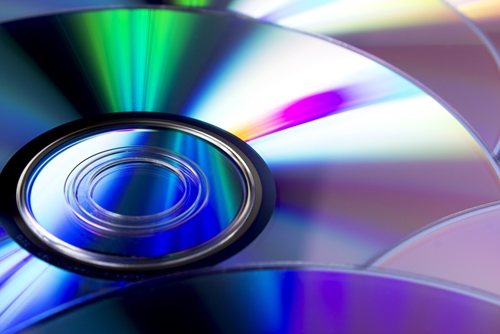If you’re on a tight budget and can’t spare the expense for music licensing, you’ll probably turn to royalty free dance music or public domain dance music for your performances and classes. Unfortunately, you won’t be able to get the latest Katy Perry hit, but you can find some fun tunes that your dancers will enjoy – if you know where to look!
Become the Queen of Royalty-Free Music
The key to finding royalty free dance music of high quality is to find the right artist. There are so many aspiring musicians out there that write their own songs, and these are the people you want to work with. For example, composer Kevin MacLeod started a website called Incompetech, where he makes his songs available for people to use. He has a variety of different genres, including pop, rock, jazz and classical. You can also sort through his selection by “feel” – bouncy, calming, mystical and more. There are lots of similar sites around the Internet, so do a little digging. You can also put some feelers out into your community. If there are any aspiring stars with demos out there, they might be willing to partner with you to gain some exposure. As long as their songs are original, they have full say on who can use them.
Another option is to search on Amazon.com, iTunes or Spotify. These music aggregates will often have playlists of royalty-free pieces. You can narrow down your options by song length, genre or cost. If you use one of these sites, chances are you’ll pay for the song. But it will only be a couple dollars, and then you can use the music as much as you’d like.
Or the Princess of Public Domain
Your other option is to search for music that is in the “public domain,” meaning that its copyright has expired. The Public Domain Information Project explained that many song or musical work published before 1922 are considered public domain. However, sound recordings are not. That means you’ll have to find a new recording of an old song. The Public Domain Information Project is a great resource to get you started, as it provides the guidelines of public domain music and an extensive list of songs. You may think that your students will stick their tongues out at such “old” music, but there are a lot of instrumental pieces you can use. Plus this is a great option if you decide to do a throwback performance!



